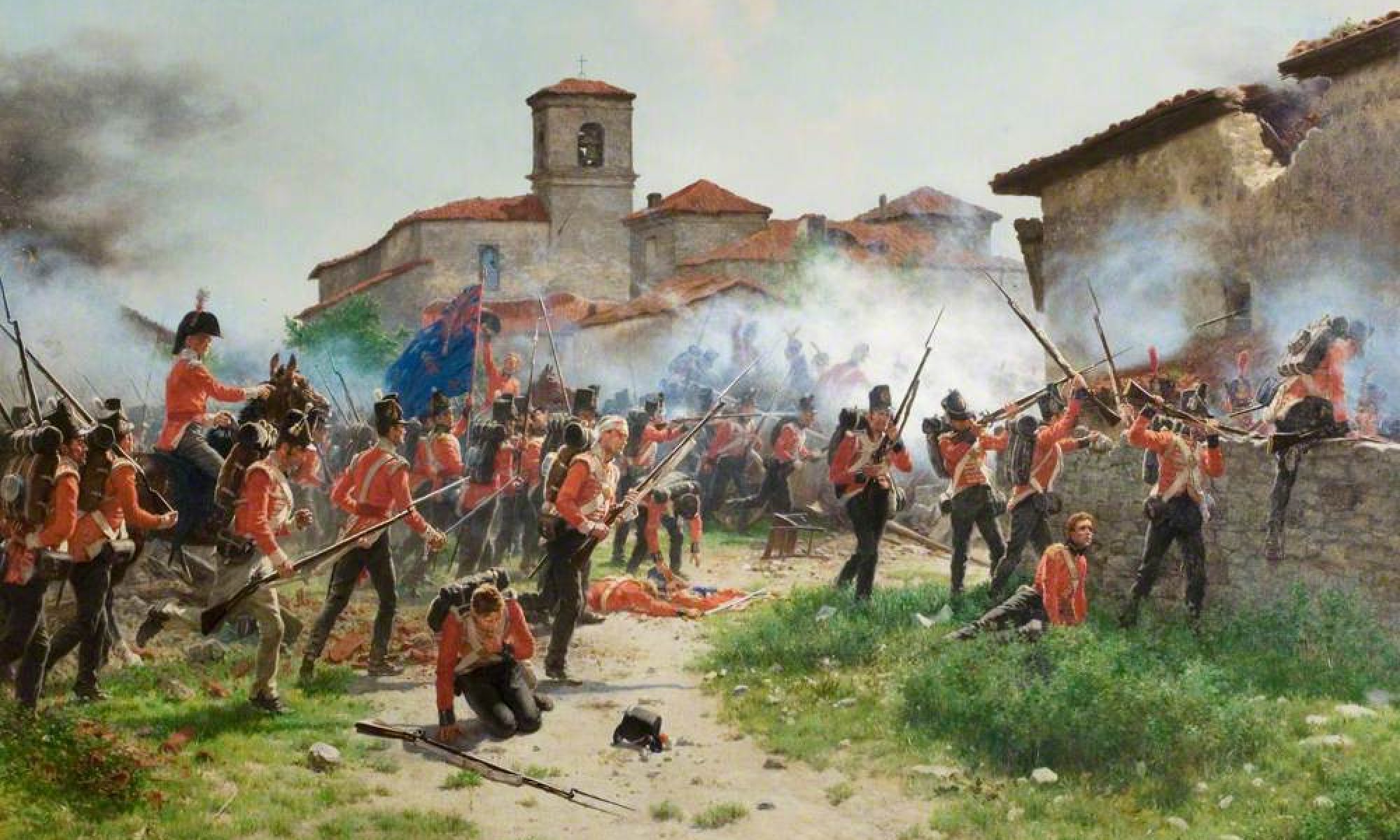
- Author: Timothy Orr
- Illustrator: Steve Noon
- Short code: CAM 374
- Publication Date: 17 Mar 2022
https://ospreypublishing.com/the-battle-of-gettysburg-1863-1
The beginning of Osprey’s new offering on the most famous battle fought on American soil is a crisp, from the shoulder affair and tells the story straight.
Author, Timothy Orr is obviously aware of his audience and as such gives the reader the facts and knowledge they need to understand the first day of the battle rather than how things worked during the war as a whole.
Mr. Orr is unconcerned with pushing a particular thesis here, nor are any of his sentiments particularly judgemental. Instead the brief but detailed narrative is immediate and restricted to what happened, without a great deal of high level analysis, but with a sprinkling of first hand accounts which allow the chaotic and brutal hours of 1 July 1863 to play out with a human face.
This book sets out to give readers an accessible beginning point to understanding the utter carnage of Gettysburg. Reading through the book I was struck by the appalling casualty figures being cited, seemingly every unit suffering massive casualties with far too many recording a loss of half its strength.
As the author notes, the first days fighting, which saw a battle of encounter expand out of Robert E Lee’s control into a four mile running fight from ridge to ridge until the confederates had driven the Union forces back beyond Gettysburg, was apocalyptic in terms of losses, and knowing that the fighting would continue for another 2 days, we can easily see how truly ghastly the cost of Lee’s invasion of the north would become.
Noting the stubborn struggle which neither side was really prepared for, Orr shows the reader that warfare had indeed changed. Where once a battle such as this might have been won convincingly by a gifted tactician like Lee, in fact, despite the confederate victory on the first day, their losses were almost as bad as those of their enemy, much as it had been at Chancellorsville.
Orr gives us also a clear idea that Lee was in this fight as much to seek the decisive and elusive battle he wanted, as he was to ensure his army stayed together and wasn’t parcelled out from Richmond to the Mississippi. Neither senior commander will exercise much control over the battle at this stage. And why Lee thought he could win a napoleonic war winner after Chancellorsville, or why he chose to fight on into the next day is left an open question.
The book is amply illustrated with photographs of interesting uniforms and portraits of participants, many of whose stories will be unfamiliar but form the heart of this book. Detailed maps of a high quality support the text and I cannot praise the original artwork of Steve Noon highly enough. It is not easy to find original ways to portray this battle but Noon has done a splendid job. Definitely a book to seek out if you want an detailed introduction to the battle that doesn’t get too bogged down in theory and critique.





You must be logged in to post a comment.